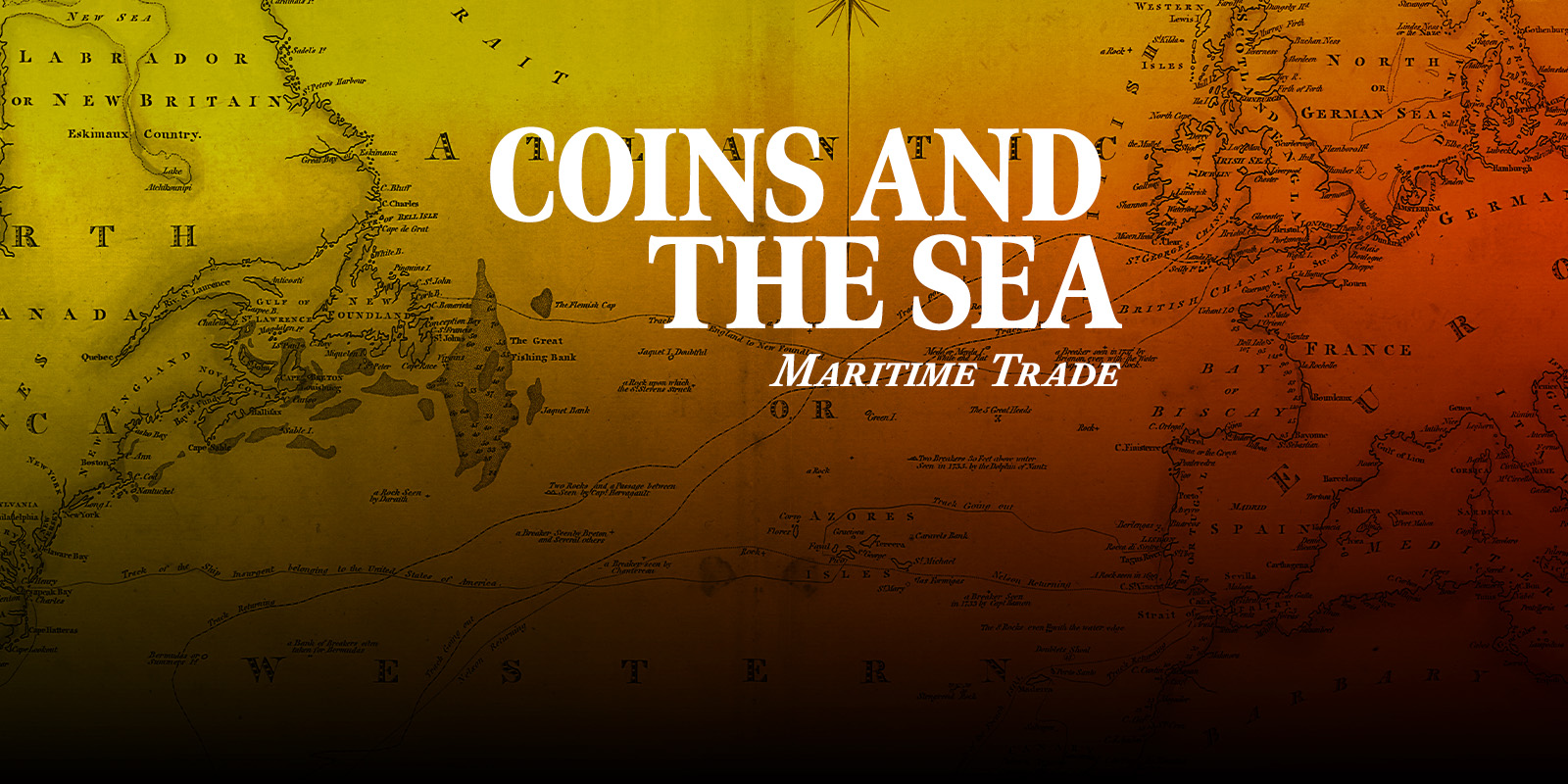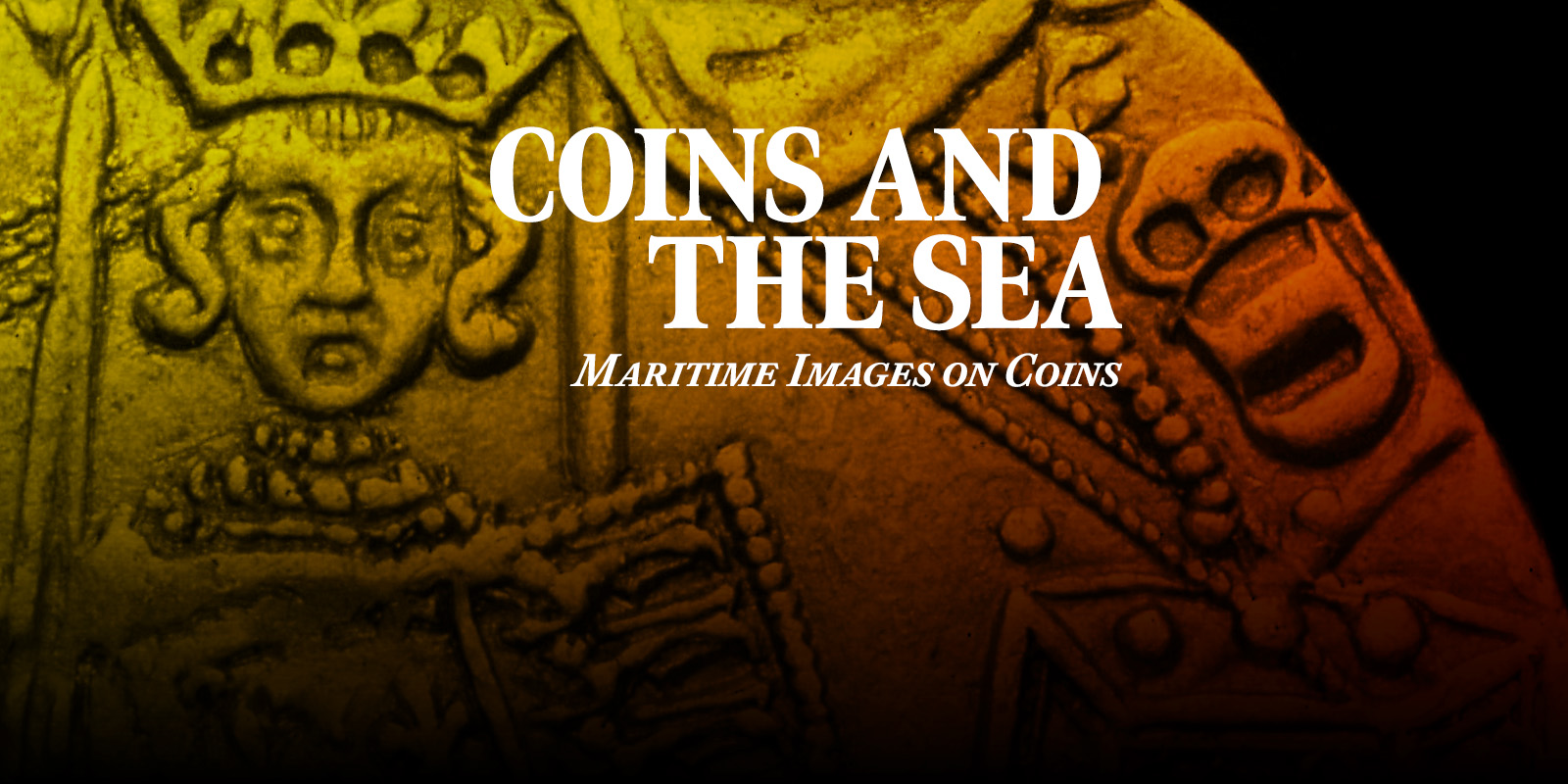
Maritime Imagery
Episode 1
Whether in warships or life saving, Britain’s naval heritage has had a lasting impact on its currency for centuries. In this episode, explore the story of British naval history through coins of the past.
In an era of social media and the internet we are constantly bombarded with messaging. Multinational companies and the over hyped claims of governments are all too easy to hear and read. This is not, however, a new phenomenon and one of the earliest forms of mass communication was our coinage. Circulated throughout the nation, and passed from hand-to-hand, coins were as ubiquitous as the daily notifications on our phones today.
Listen as we take you back to the battlefields of the English Civil War, speak to an expert on biblical inscriptions and show you how the state has used coins to attempt to rally a nation to their cause.
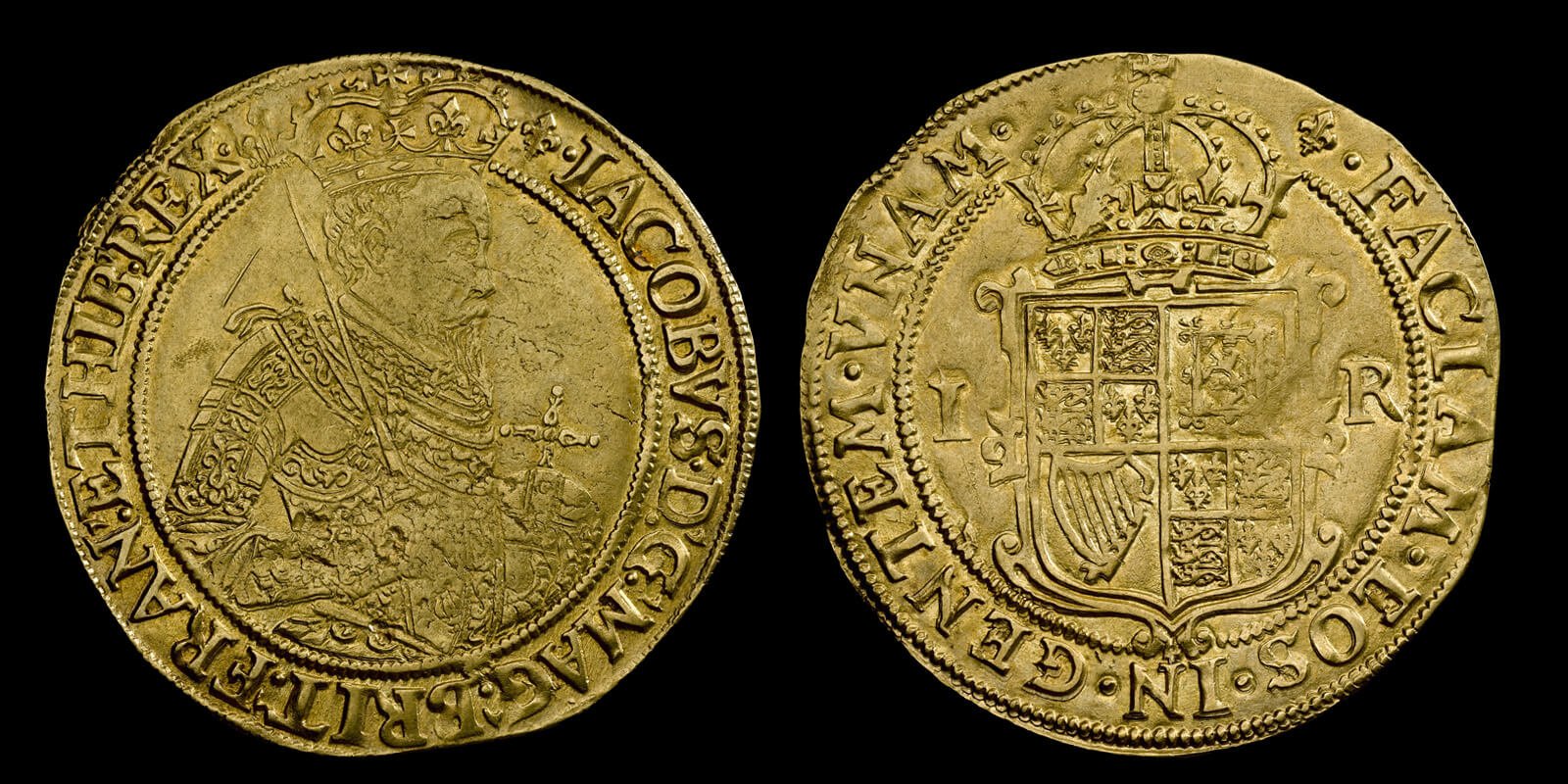
This large gold coin was one of several ways that James I tried to promote the new concept of ‘Great Britain’. Having become king of both England and Scotland, he wanted his subjects to buy into the idea of a unified nation under one monarch.
Featuring the inscription I will make them one nation in Latin and proclaiming himself the king of Great Britain the message was obvious and the coin’s name, unite, only helped to emphasise his point. Learn more about James I and his use of biblical inscriptions here: https://www.royalmintmuseum.org.uk/journal/guest-articles/biblical-coins/

Coinage struck during the Civil War by the Royalists loyal to Charles I conveyed a powerful message of military might to all those who saw them.
The large pieces showed the king on horseback in full armour with a drawn sword. The other side featured his manifesto in Latin proclaiming to protect the Protestant religion, the laws of England and a free parliament, accompanied by the Psalm’s verse asking God to scatter his enemies.
Learn more about biblical inscriptions on coins from this period here: https://www.royalmintmuseum.org.uk/journal/guest-articles/biblical-coins/

Even though Parliament was fighting against the king during the English Civil War, for the majority of the conflict they did not want to remove him from the throne of England and Scotland. This explains why the Parliamentarian held Royal Mint in the Tower of London continued to strike coins showing a portrait of Charles I right up until the monarch was beheaded in 1649.

Oliver Cromwell became king in all but name when he assumed personal rule of the country some years after the execution of Charles I. His coinage witnessed a return to long established traditions. After years of relatively plain Commonwealth coins featuring English inscriptions and a conspicuous absence of portraits, the head of a ruler is restored along with Latin inscriptions.

Find out more about Thomas Simon, the talented engraver who produced the ‘warts and all’ coinage portrait of Oliver Cromwell here: https://www.royalmintmuseum.org.uk/collection/thomas-simon-collection/
Our guests in this episode were Dr Daniel Rignall, Jeremy Burrows and members of The Sealed Knot. Click here to find out more about them.

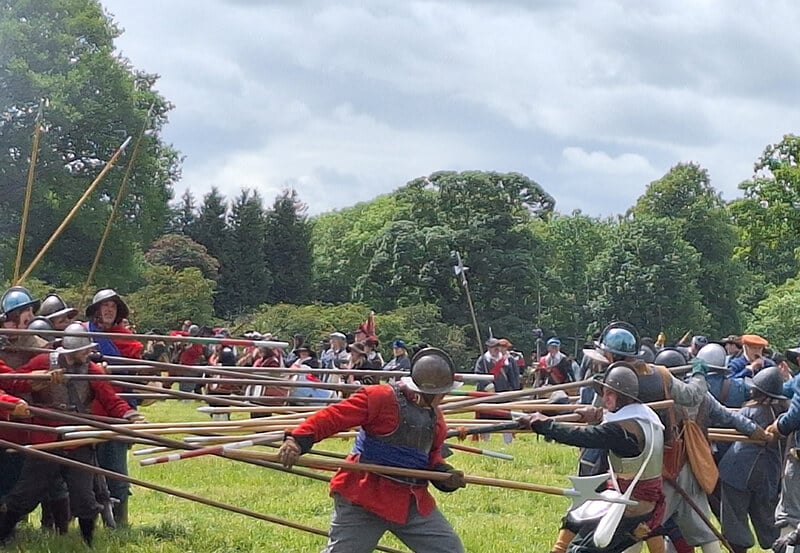
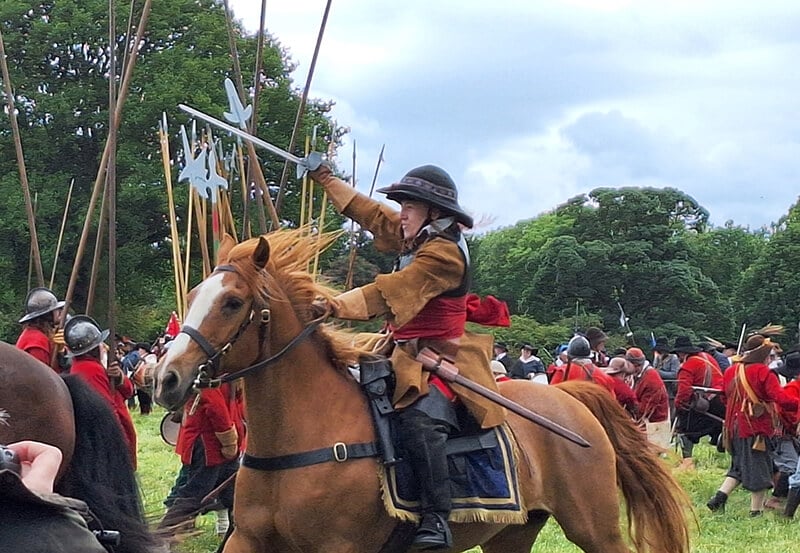
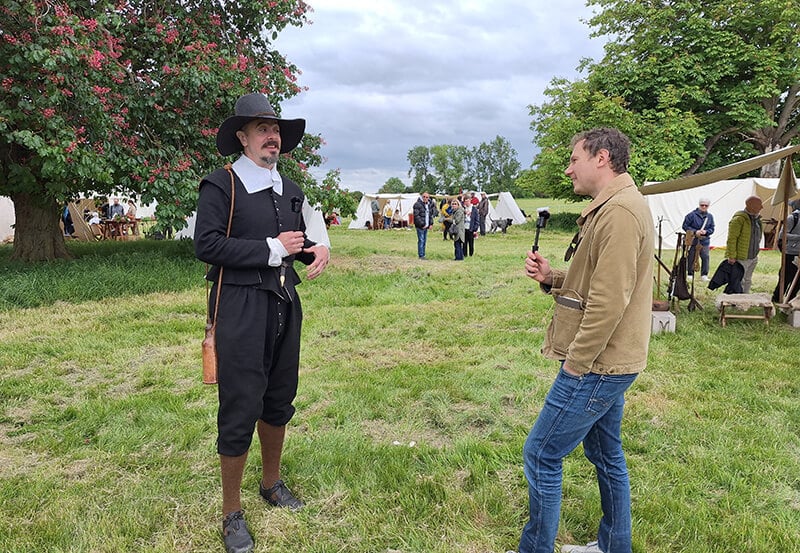


Episode 1
Whether in warships or life saving, Britain’s naval heritage has had a lasting impact on its currency for centuries. In this episode, explore the story of British naval history through coins of the past.
Episode 2
From pub signs to punk art, the robed and armed female figure of Britannia permeates British identity. Find out how this Classical figure developed through coinage and medallic art to become a figure of the nation.
Episode 3
The golden age of sail gave way to a world of global trade, where gold and silver could be sailed internationally for vast profit. Explore how the money made from and used for this trade shaped British history.

